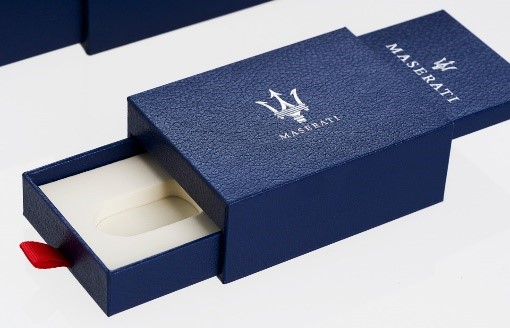

Studies have repeatedly shown that every perceptible detail of a product has an impact on how consumers interact with it. From size and shape to colour and font, every little element makes a difference.
In this blog, we will go over some of the psychological triggers that help consumers in identifying a product and associating with it.
SHAPE
The primary reason behind considering the shape of the packaging is to ensure ease of carrying and ease of opening. Easy storage is also an important factor to consider while designing primary and secondary packaging. For packages and products that need to be used multiple times on different occasions, “recloseability’ of the package makes all the difference.
Studies have shown that sturdy, angular packaging is associated with masculine attributes, and curvy, rounded shapes with soft finish can be more appealing to female (or feminine) consumers (Pang, Jun & Ding, Ying, 2021). These psychological associations are used to both define and appeal to the target audience.
SIZE
Compact yet detailed boxes are perceived to represent luxury and exclusivity as compared to standard, larger boxes for everyday commodities. Larger packages can also indicate value for money.
COLOUR
Colours are known to have emotional resonance; green is usually symbolic of nature and sustainability; red can symbolize love and warmth (softer connotation) as well as heat and passion (bolder connotation). Products backed by strong brand identity and image can also easily be recognized by the signature colours of either the logo or the entire package itself.
PACKAGING MATERIAL
High-end products will most likely not be packaged in plain corrugated cardboard. This is because cardboard can appear to ordinary and flimsy. Metal, wood, and now even textured paper (for sustainability purposes) are more likely to encase something expensive and luxurious. Plastic is also still in use due to its longevity and sturdiness, but many brands and packers are trying to wean off it and switch to more eco-friendly options.







